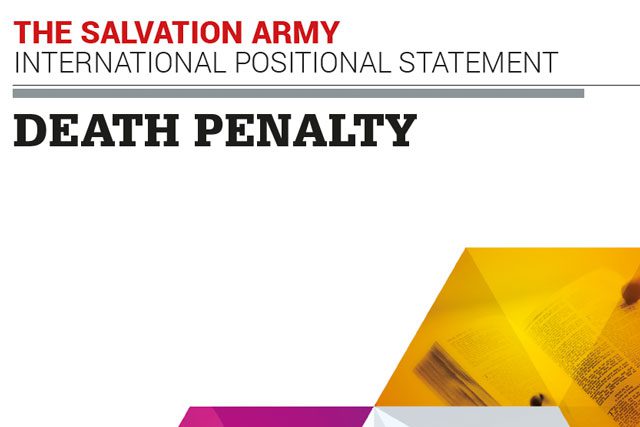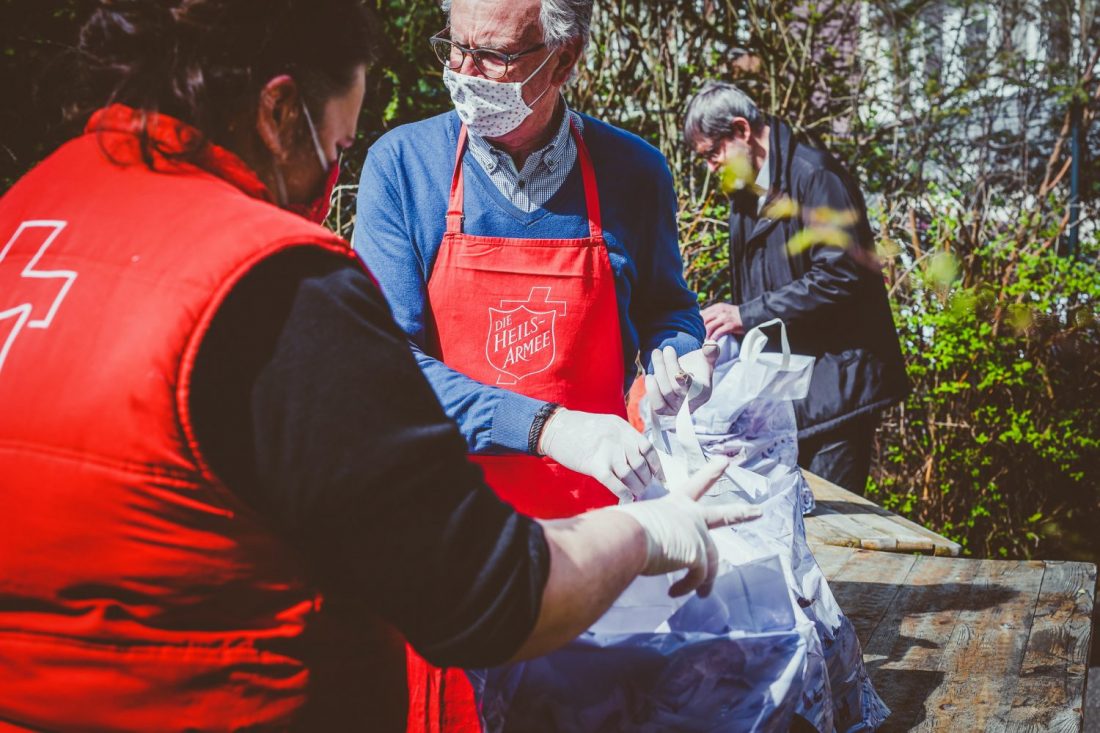
Officer conducts practical research to develop a best practices tool for income generation projects.
By Brenda Murray, Major –
As the car door opened, and my foot touched the ground, I prayed, “Lord, help me be an encouragement and a blessing today” and with that the sound of young voices singing echoed throughout the compound. Before my eyes appeared a group of small children adorned in their burgundy uniforms joyfully singing a song of welcome. This was rural Kenya, at the Nambalayi Primary School.
I was there to study agricultural livelihood projects—the focus of my practicum component for a master of theological studies degree in urban and international development from the University of Toronto’s Wycliffe College. Over the course of 12 days, I visited several livelihood projects in The Salvation Army’s Tanzania, Kenya West and Kenya East territories. I reviewed the programs, analyzed best practices and considered how best to mitigate risk in the planning process and execution. The outcome of my research will be shared as a tool for territories and communities with specific programs for income generation.
As an international Army, we have many successful community projects that address poverty, and we want to capitalize on that success; which begs the question, how do we ensure best practice and measure outcomes?

Today, community development starts with exploring local community capacity. Every community is comprised of individuals whose gifts and skills can be utilized for the betterment of the broader community. I was reminded of this as we drove around Northern Kenya, just south of the Sudanese border in the area of Lokichoggio. The people who live in this area are considered nomadic pastoralists and they herd goats, donkeys and camels. The tribal men carry in their hand a stave for the dual purpose of walking and herding livestock.
I reflected a portion of Scripture that depicts the beautiful story of Moses caught in his insecurity and struggling with a way forward.
Then the Lord said to him, “What is that in your hand?”
“A staff,” he replied (Ex. 4:2 NIV).
This staff, a simple Shepherd’s hook, was all Moses had, but God took it and used it, and it became a symbol of leadership and an instrument of freedom. We see other examples in Scripture where God used whatever was given him for his glory—an ox goad (Judg. 3:31), a stone (1 Sam. 17:49), a jawbone (Judg. 15:15) and five loaves and fishes (John 6:9). When we present what we have to God, no matter how small or simple, he takes what we offer and multiplies it. God makes the ordinary, extraordinary.
Likewise, as we come alongside the poor and marginalized in our communities and abroad, we want to encourage them to see what God has given them. We want to empower communities to see what God has placed in their hand, and collectively in the hands of their community. The process of identifying capacity helps us build on the existing foundation of the community and then together strategically resource the gaps that the community identifies.

We saw goat, chicken and pig income generation projects, but more importantly we met with leaders and locals in different settings to share and listen to their stories—their successes and failures. Together and in partnership we studied the timeline of their projects, reviewing where they started, where they are now, and where they want to be at the end of the project. We also examined obstacles encountered and how they had overcome those challenges.
We heard women and men tell stories of receiving livestock, successfully breeding the livestock, and now are generating income to send their children to school, or buy metal sheets for their homes. We saw the expression of enthusiastic joy in the Head Teacher of the Nambalayi Primary School, who, having raised five well-educated children, is now pouring herself into the education of children throughout her community. We saw firsthand what she and a committee have accomplished through identifying their assets, mobilizing their community and forming partnerships with nongovernmental organizations and government agencies.
I believe that God calls us into community, as a part of a community, to work together, lifting one another up. I believe agricultural livelihood projects are one way that we can provide dignity, hope and sustainability through meaningful employment. My prayer for the days ahead is that we continue to work together and learn from each other in order to build the kingdom of God and eradicate poverty one step at a time.












